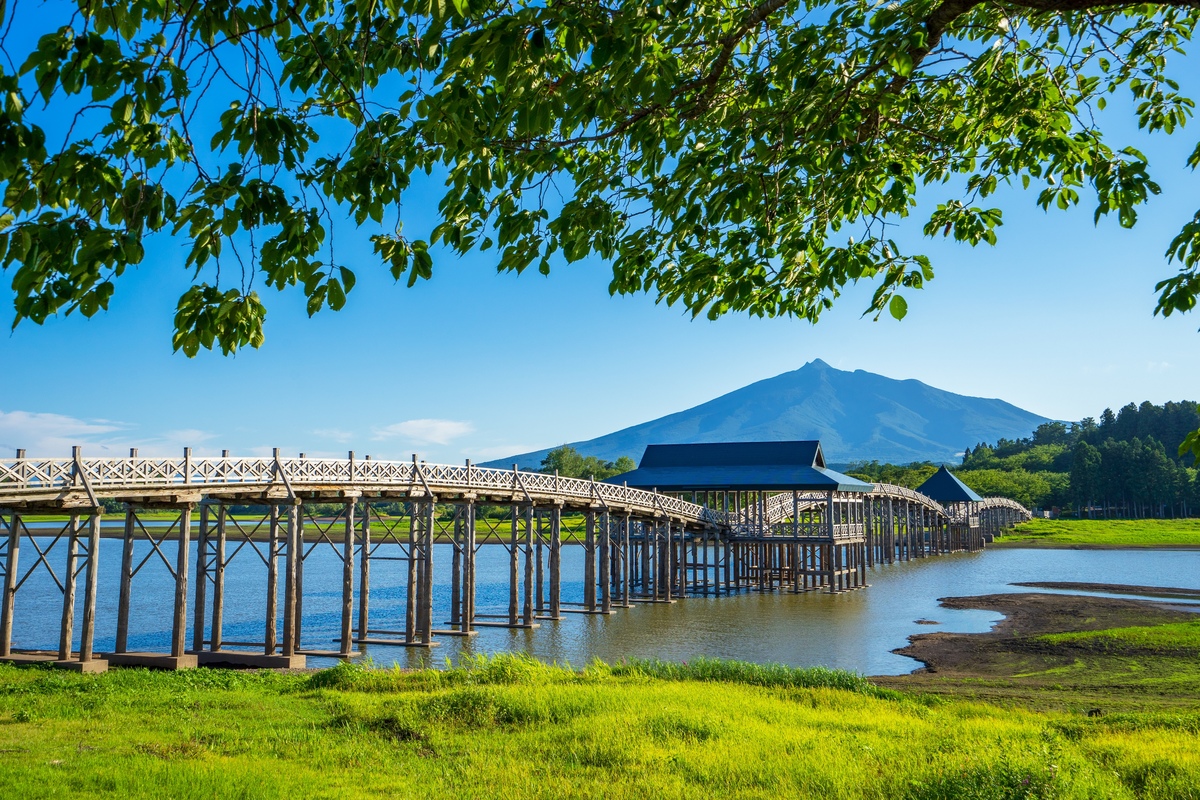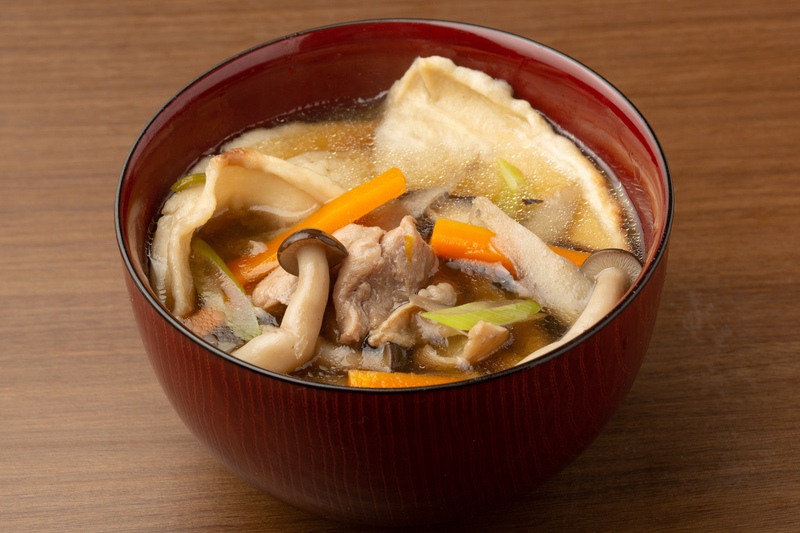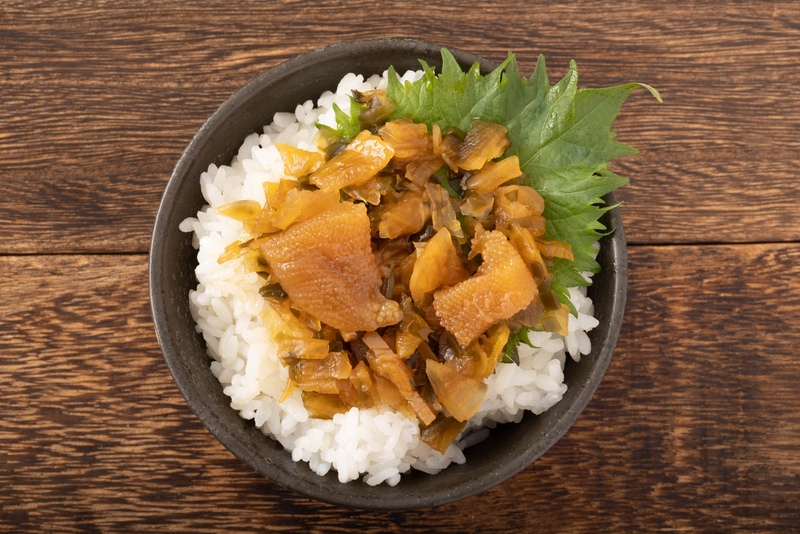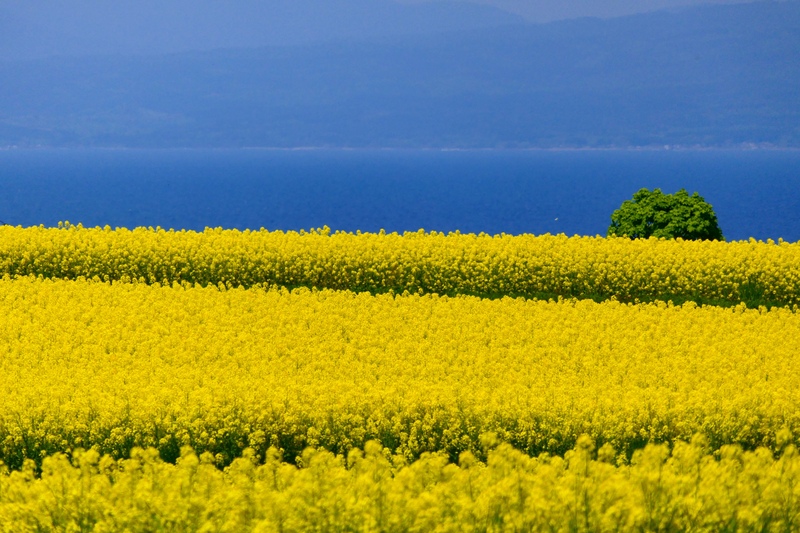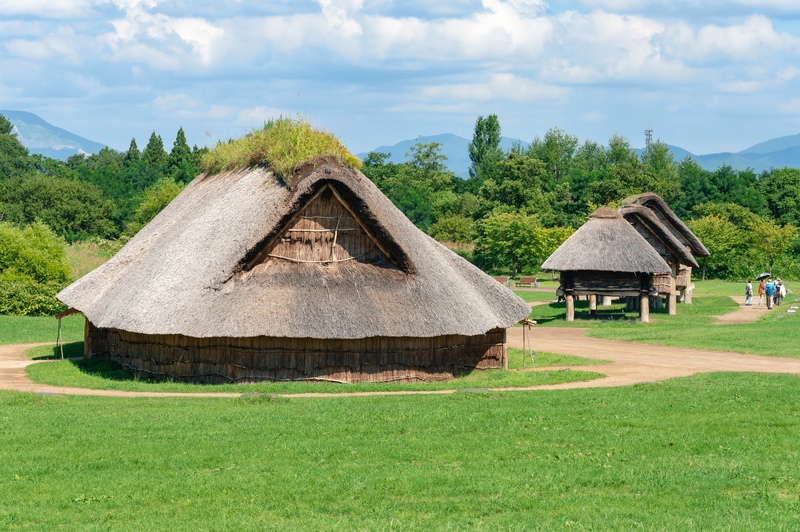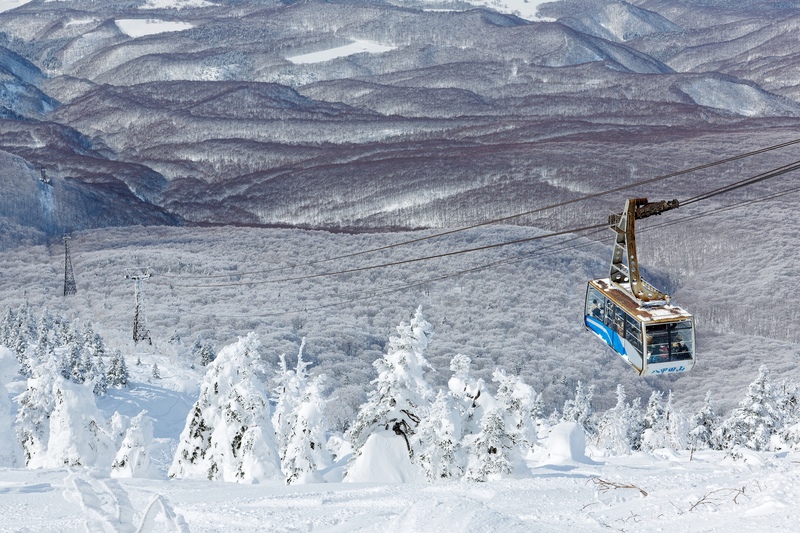What is Tsuru no Mai Bridge?
Tsuru no Mai Bridge (Tsuru no Mai-bashi) is Japan's longest wooden three-arched "taiko" bridge, located in Tsuruta Town, Kitatsugaru District, Aomori Prefecture.
At a total length of 300 meters, the bridge forms a beautiful arch with Mount Iwaki—called Tsugaru Fuji—as its backdrop, making it a spectacular spot to enjoy a distinctly Japanese landscape.
Completed in 1994, the bridge is also famous as the "Bridge of Longevity", and is known as a power spot visited by people wishing for health and long life.
Below we introduce the attractions of Tsuru no Mai Bridge, which shows different scenery through the four seasons, along with access information.
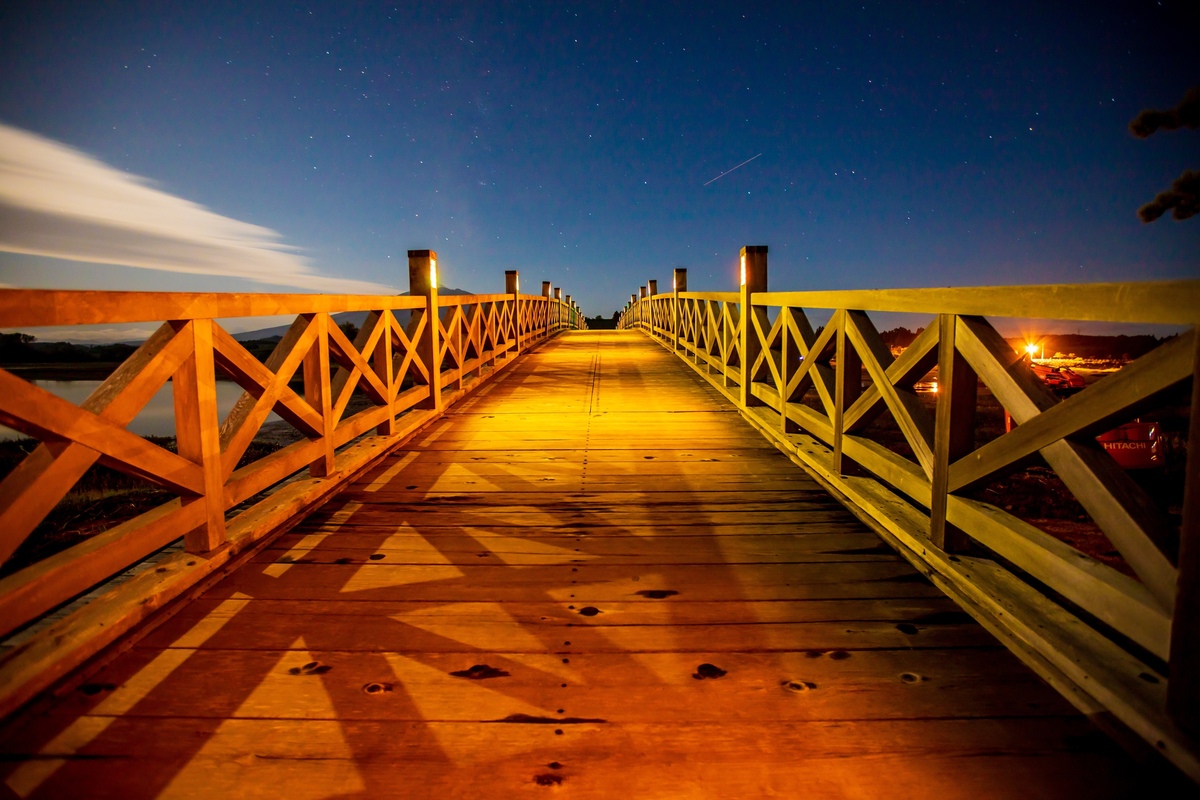
Highlights of Tsuru no Mai Bridge
1. Japan's longest wooden three-arched taiko bridge
The most distinctive feature of Tsuru no Mai Bridge is that it is the longest wooden three-arched taiko bridge in Japan, measuring 300 meters.
The bridge was designed using traditional Japanese construction techniques and built with Aomori-grown hiba wood.
Aomori hiba is extremely durable and naturally resistant to decay, making the bridge both beautiful and functional.
Also, the bridge's three arches are inspired by a crane taking flight, and the graceful curves reflecting on the lake's surface create a truly breathtaking view.
2. Spectacular views with Mount Iwaki as a backdrop
Behind Tsuru no Mai Bridge stands Mount Iwaki (elevation 1,625 m), a symbol of Aomori.
On clear days, the blue sky, the bridge's arches, and the majestic form of Mount Iwaki come together to make a perfect photo spot.
At sunset the sky often turns orange, and the silhouettes of the bridge and Mount Iwaki create a magical scene.
Early morning and late afternoon are also less crowded times when you can quietly enjoy the scenery.
3. Cherry blossoms in spring, fresh green in summer, autumn leaves, and snowy winter scenes
Tsuru no Mai Bridge shows different faces with the changing seasons.
Spring (April–May): A beautiful tunnel of cherry blossoms
In spring, cherry trees around the bridge bloom, painting the scenery in pink.
In particular, the contrast of cherry blossoms with the bridge and Mount Iwaki is a popular, quintessentially Japanese scene.
Summer (June–August): Bright blue skies and fresh greenery
In summer, under clear skies and surrounded by green fields, you can enjoy a refreshing walk in the breeze.
The sparkling lake and the greenery surrounding the bridge create a relaxing atmosphere.
Autumn (September–November): The contrast of autumn colors and the bridge
In autumn, the trees around the bridge turn red and yellow, harmonizing beautifully with Mount Iwaki's autumn foliage.
The late October to early November foliage season is especially popular, drawing many visitors for photography.
Winter (December–March): A magical snow-covered landscape
In winter, the entire bridge is covered in snow, creating a beautiful silvery-white world.
On clear days, the snow-capped Mount Iwaki appears crisp and clear, offering a fantastical atmosphere.
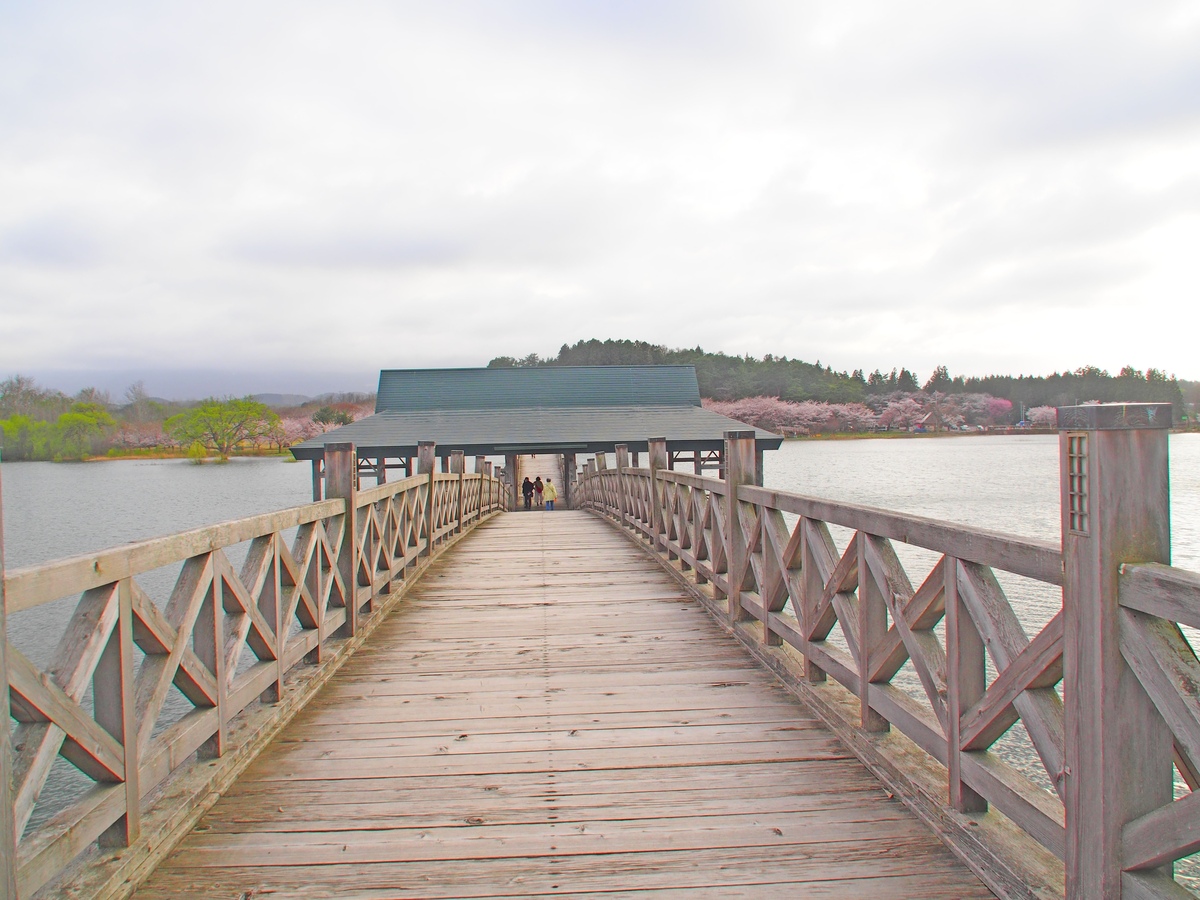
How to enjoy Tsuru no Mai Bridge
1. Take a leisurely walk across the bridge
The best way to enjoy the surroundings is to walk slowly across the bridge and take in the scenery.
It takes about 10 minutes one way, so it's an easy stroll.
Beyond the bridge is a rest spot called the "Tsuruno Sato Furusato-kan", where you can learn about Aomori's history and culture.
2. Visit the best photo spots
Here are some photogenic spots at Tsuru no Mai Bridge.
- Shot from near the bridge entrance: Capture the whole bridge with Mount Iwaki in the frame
- View from the center of the bridge: A point where you can see the lake and the mountain at once
- View from the opposite shore: Emphasizes the beauty of the bridge's arches
3. Combine your visit with nearby sightseeing
When you visit Tsuru no Mai Bridge, it's recommended to also explore the nearby attractions.
- Tsugaru Fujimi Lake: A relaxing spot for strolling along the lakeshore
- Michi-no-Eki Tsuruta (Tsuruta Roadside Station): Enjoy Aomori specialties and local cuisine
- Iwaki Shrine: A shrine known as a power spot (about a 30-minute drive)
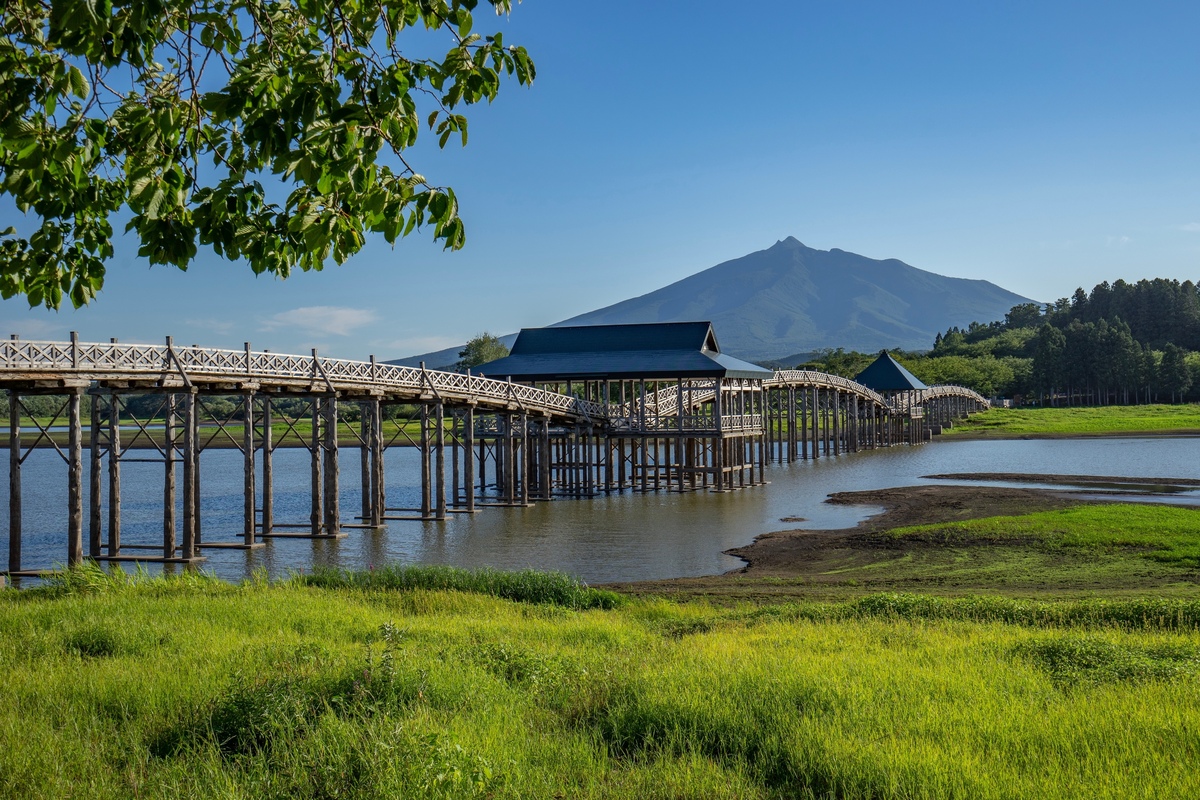
Useful information for travelers
Access
By train
- JR Goshogawara Station → (JR Gono Line) → Mutsu-Tsuruta Station → Taxi about 10 minutes
- About a 1-hour drive by rental car from Shin-Aomori Station
By car
- About 1 hour 15 minutes by car from Aomori City
- About 40 minutes by car from Hirosaki City
- There are paid parking lots and free parking areas
Admission & Opening Hours
- Admission: Free
- Opening hours: Open 24 hours (but be careful at night as the area can be dark)
Wi‑Fi
- Free Wi‑Fi is available at the Tsuruta Town tourist information office
- Wi‑Fi is also provided at the nearby roadside station "Tsuruta"
Language support
- English and Chinese tourist pamphlets are available (Tsuruta Town tourist information office)
- Signage also includes English
Summary and Frequently Asked Questions
Tsuru no Mai Bridge is a spectacular spot where traditional Japanese architecture and great nature come together.
You can relax and enjoy the changing scenery through the seasons.
Frequently Asked Questions
Q: Can I visit Tsuru no Mai Bridge year-round?
A: Yes, you can visit throughout the year, but be careful of snowy and icy conditions in winter.
Q: Is eating and drinking allowed on the bridge?
A: Eating and drinking on the bridge are prohibited, but there are places nearby where you can rest and eat.
Q: Are there places to eat nearby?
A: At the roadside station "Tsuruta" you can enjoy local Aomori dishes and fresh ingredients.
Experience the beauty of Japan's nature and culture at Aomori's hidden scenic spot, Tsuru no Mai Bridge!
